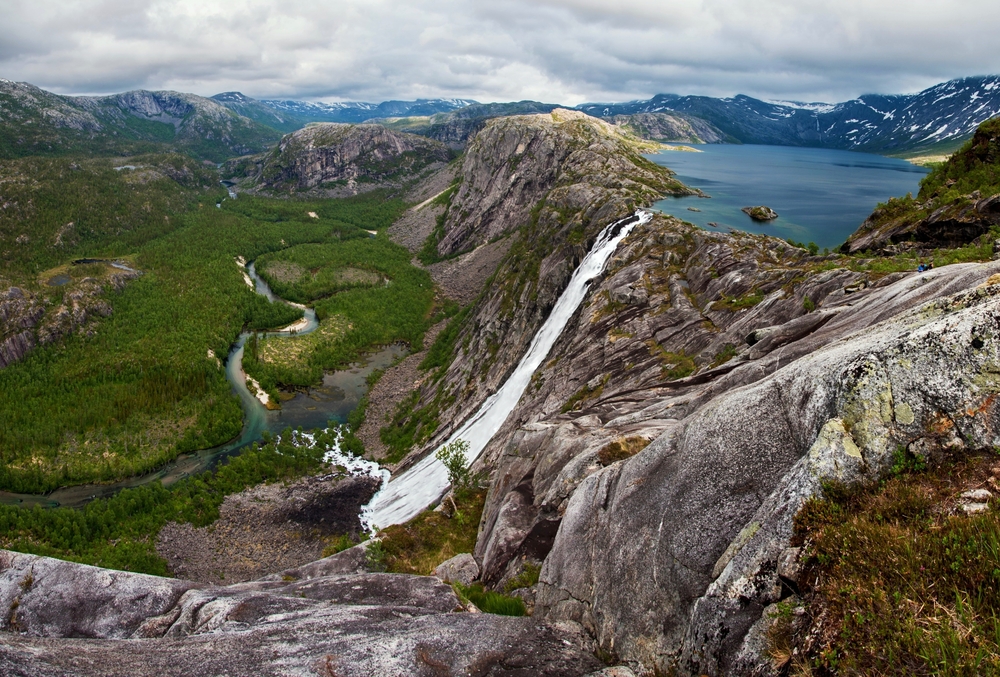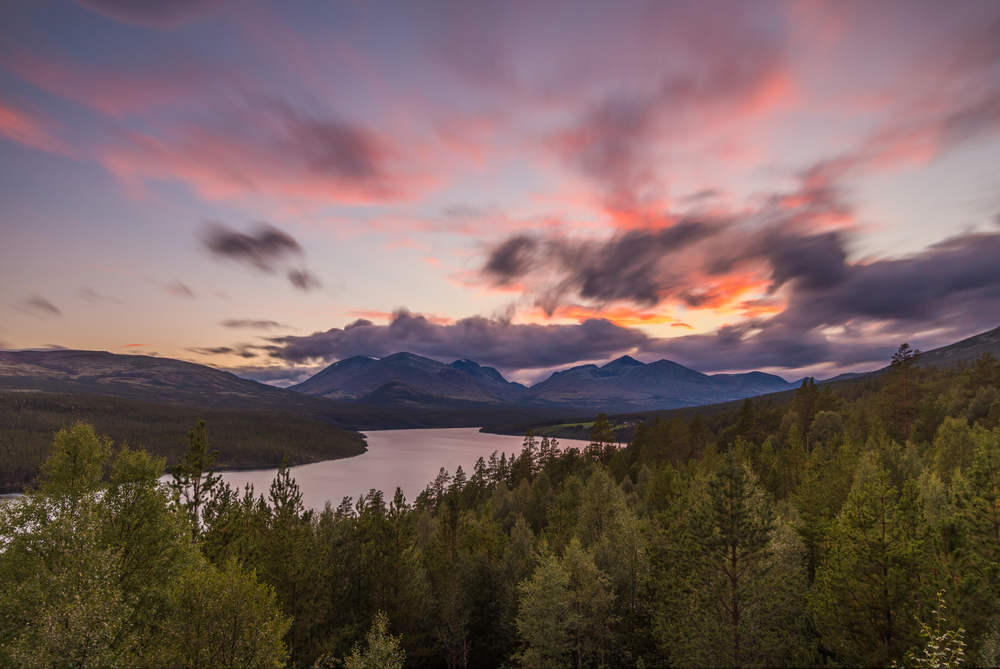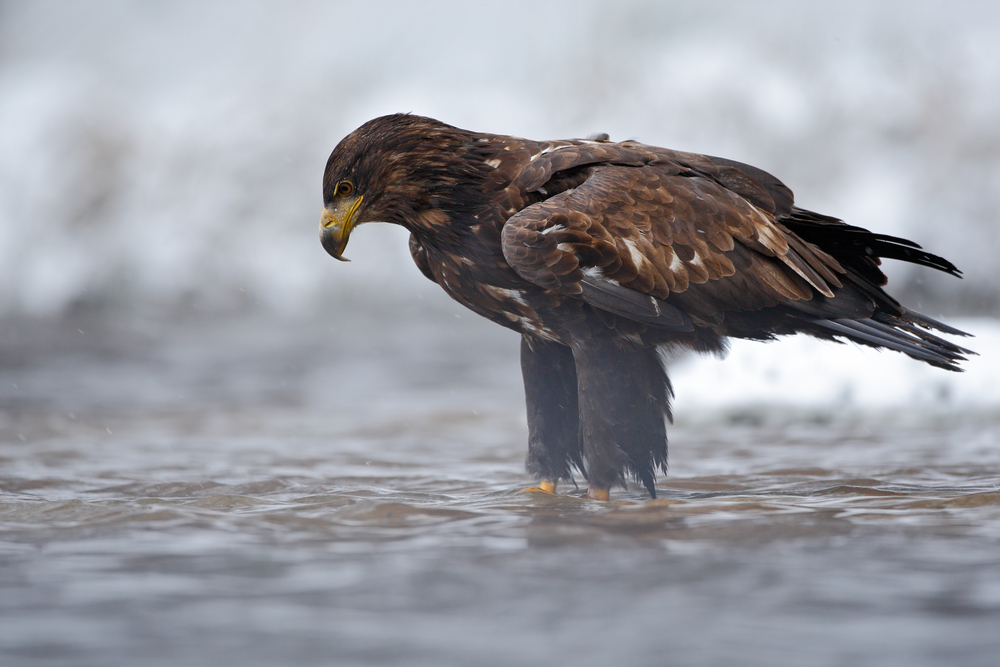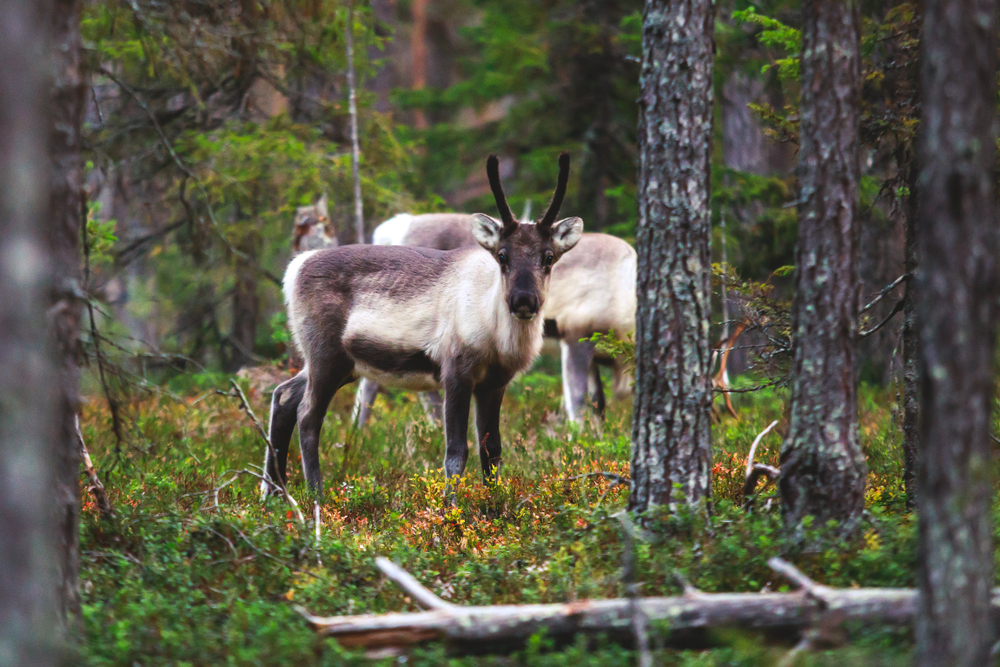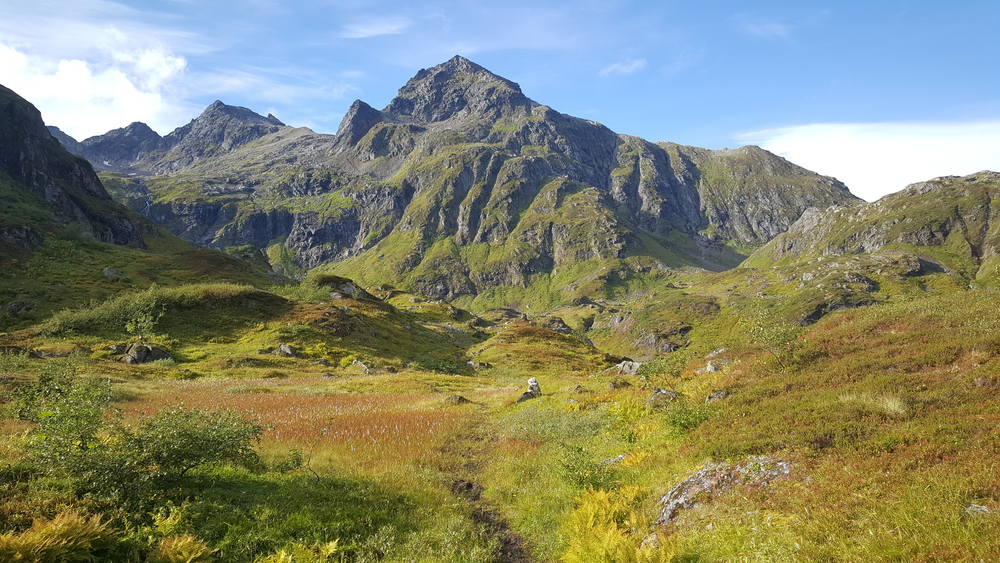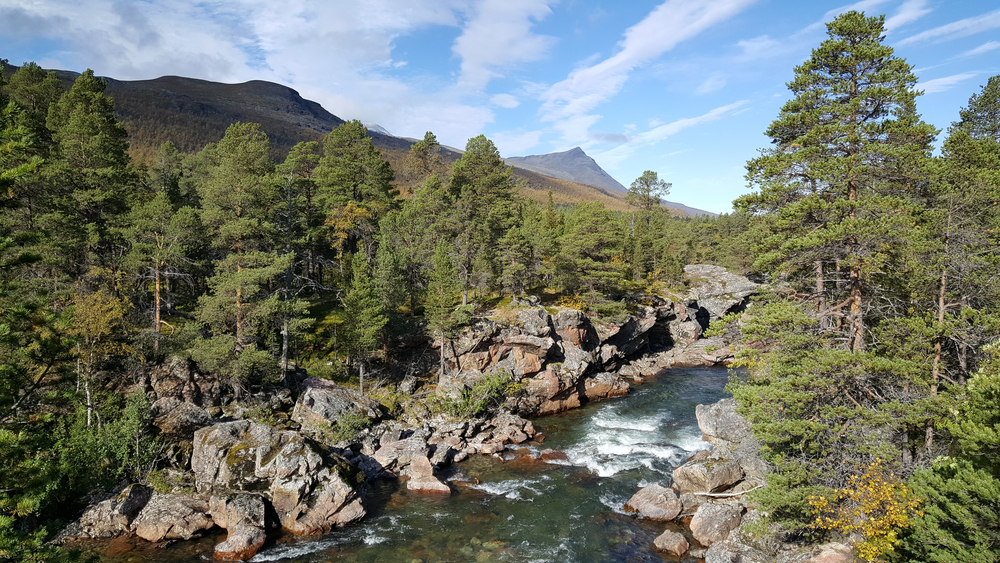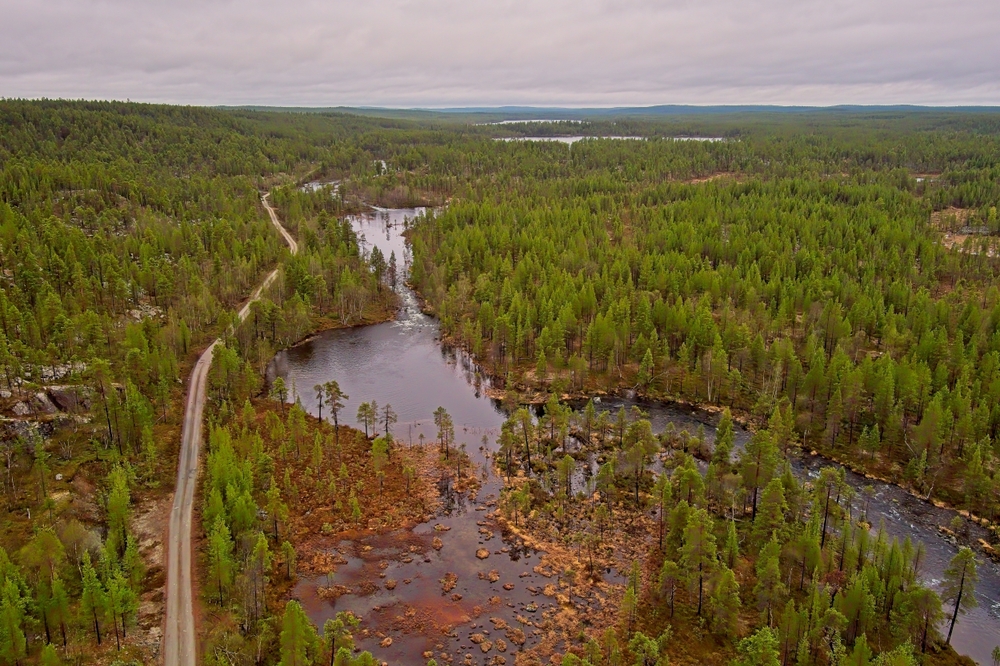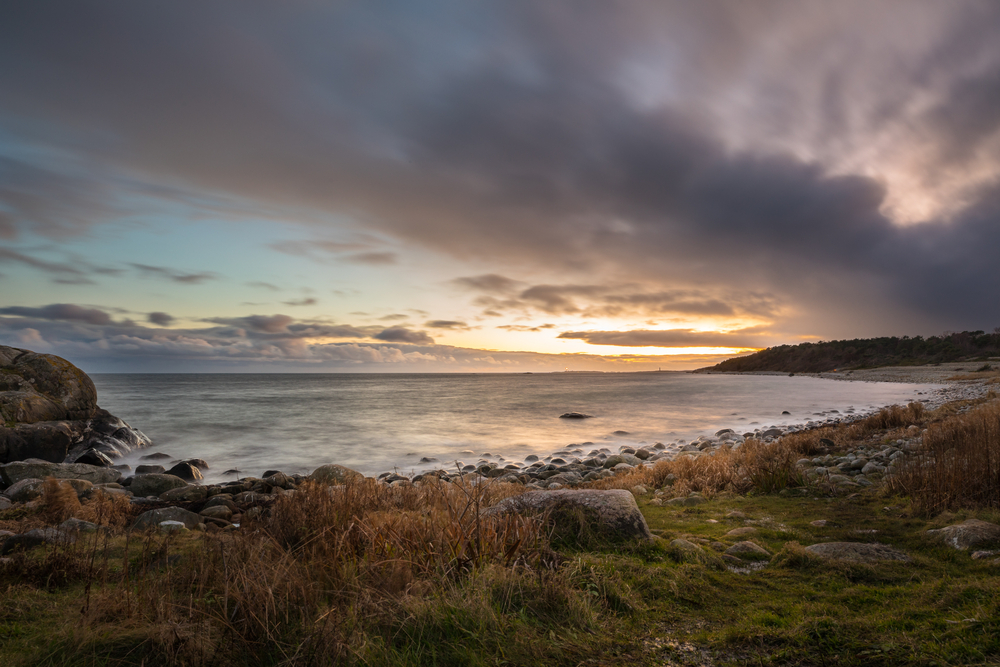Rago Overview
Rago National Park, known locally as Rago nasjonalpark, is a stunning protected area in Nordland County, Norway. Covering approximately 171 square kilometers (66 square miles), this rugged and remote park lies near the border with Sweden, where it connects with Sweden’s larger national parks, such as Padjelanta and Sarek.
Established in 1971, Rago National Park is known for its dramatic landscapes, vast wilderness, and breathtaking scenery, making it a prime destination for nature lovers and adventurers.
The park’s terrain is characterized by towering granite cliffs, deep valleys, and vast plateaus. The landscape has been shaped over millennia by glacial activity, leaving behind numerous rivers, waterfalls, and pristine lakes. One of the most iconic features of the park is Litlverivassforsen, a powerful waterfall that cascades down steep rock faces into a pristine river below.
The park’s numerous rivers and lakes, such as Storskogvatnet, provide a striking contrast to the rugged mountains that dominate the landscape. Vegetation in the park is sparse due to the harsh climate and rocky terrain, with hardy plant species such as birch trees, mosses, and alpine flora clinging to the rugged slopes. In lower elevations and sheltered valleys, clusters of pine and spruce trees can be found, providing a rare glimpse of forested areas in an otherwise barren and windswept environment.
Wildlife thrives in Rago National Park despite its seemingly harsh conditions. Among the mammals commonly found here are the elusive wolverine, moose, and red fox, along with smaller species such as the Arctic hare and various rodents.
The park is also an important habitat for birds, attracting species such as golden eagles, rough-legged buzzards, and ptarmigans. The rivers and lakes in the park support a healthy population of fish, including trout and Arctic char, making them a popular spot for anglers. While predators like lynx are present, they are rarely seen due to their secretive nature.
Rago National Park is best known for its untouched wilderness, offering visitors an immersive experience in one of Norway’s most remote landscapes. Hiking is the primary activity, with trails leading through dramatic valleys, over granite ridges, and past scenic waterfalls. One of the most popular routes is the trek to the summit of Litlrago, where hikers are rewarded with panoramic views of the surrounding mountains and valleys.
The park’s connection to Sweden’s national parks makes it an excellent destination for long-distance hikers seeking to explore the vast Scandinavian wilderness. Camping is also popular, with visitors setting up tents along the park’s many lakes and rivers, enjoying the solitude of nature. Fishing is permitted in certain areas with proper permits, allowing anglers to try their luck in the crystal-clear waters.
Conservation efforts in Rago National Park focus on preserving its fragile alpine ecosystem while balancing visitor access. The park remains relatively untouched due to its remote location and the challenges of accessing it. While tourism is increasing, it remains a low-impact activity, with strict guidelines in place to protect wildlife and vegetation. The presence of large predators like the wolverine highlights the success of conservation efforts in maintaining a stable ecosystem.
Challenges include climate change, which affects snowfall patterns and vegetation growth, and the potential impact of increased tourism. However, Norway’s stringent environmental regulations help ensure that Rago remains a pristine and well-preserved natural sanctuary.








































































